Autonomous cars have finally arrived, and they’re pretty remarkable. Here’s a look at the best on the line.
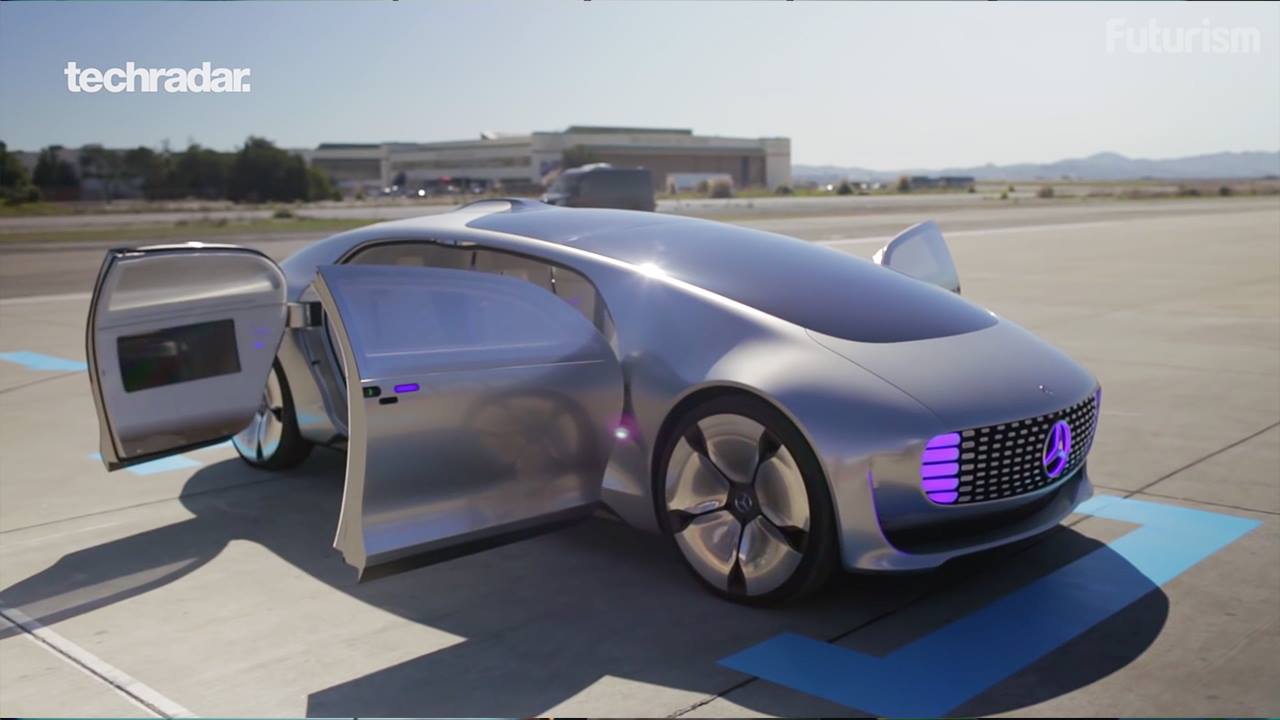

Autonomous cars have finally arrived, and they’re pretty remarkable. Here’s a look at the best on the line.
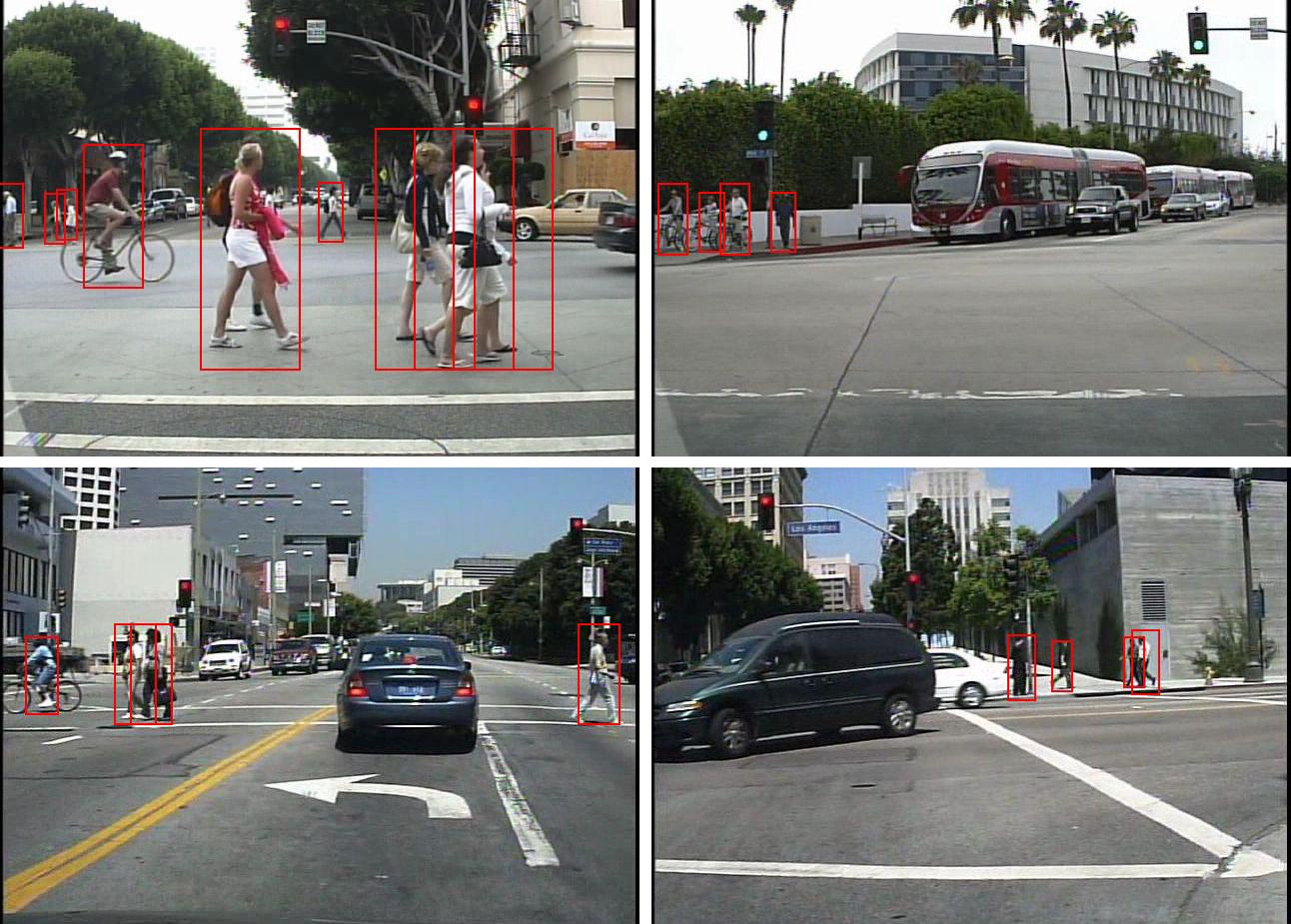
What if computers could recognize objects as well as the human brain could? Electrical engineers at the University of California, San Diego have taken an important step toward that goal by developing a pedestrian detection system that performs in near real-time (2−4 frames per second) and with higher accuracy (close to half the error) compared to existing systems. The technology, which incorporates deep learning models, could be used in “smart” vehicles, robotics and image and video search systems.
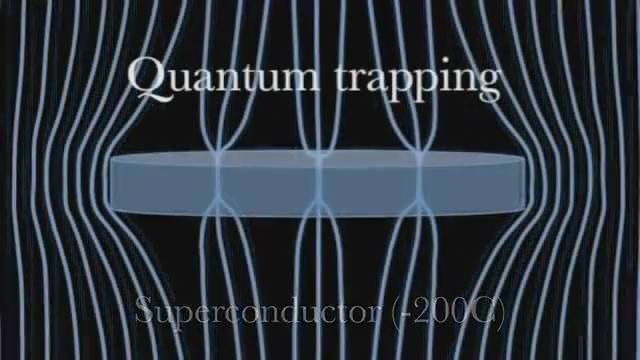
Researchers at the school of physics and astronomy at Tel Aviv University have created a track around which a superconductor (a material that is extremely efficient at transmitting electricity) can float, thanks to the phenomenon of “quantum levitation “.
This levitation effect is explained by the Meissner effect, which describes how, when a material makes the transition from its normal to its superconducting state, it actively excludes magnetic fields from its interior, leaving only a thin layer on its surface.
When a material is in its superconducting state — which involves very low temperatures — it is strongly diamagnetic. This means that when a magnetic field is externally applied, it will create an equally opposing magnetic field, locking it in place.
A material called yttrium barium copper oxide can be turned into a superconductor by exposure to liquid nitrogen — which makes it one of the highest-temperature superconductors.
Levitation isn’t just for Houdini anymore. Could this cool new tech lead to floating alternatives to traditional gas powered vehicles? Interesting times ahead!

Not good. 2 weeks ago I mentioned concerns about the competitor enticing some of Tesla’s engineering talent.
There’s increased competition in the electric car space.
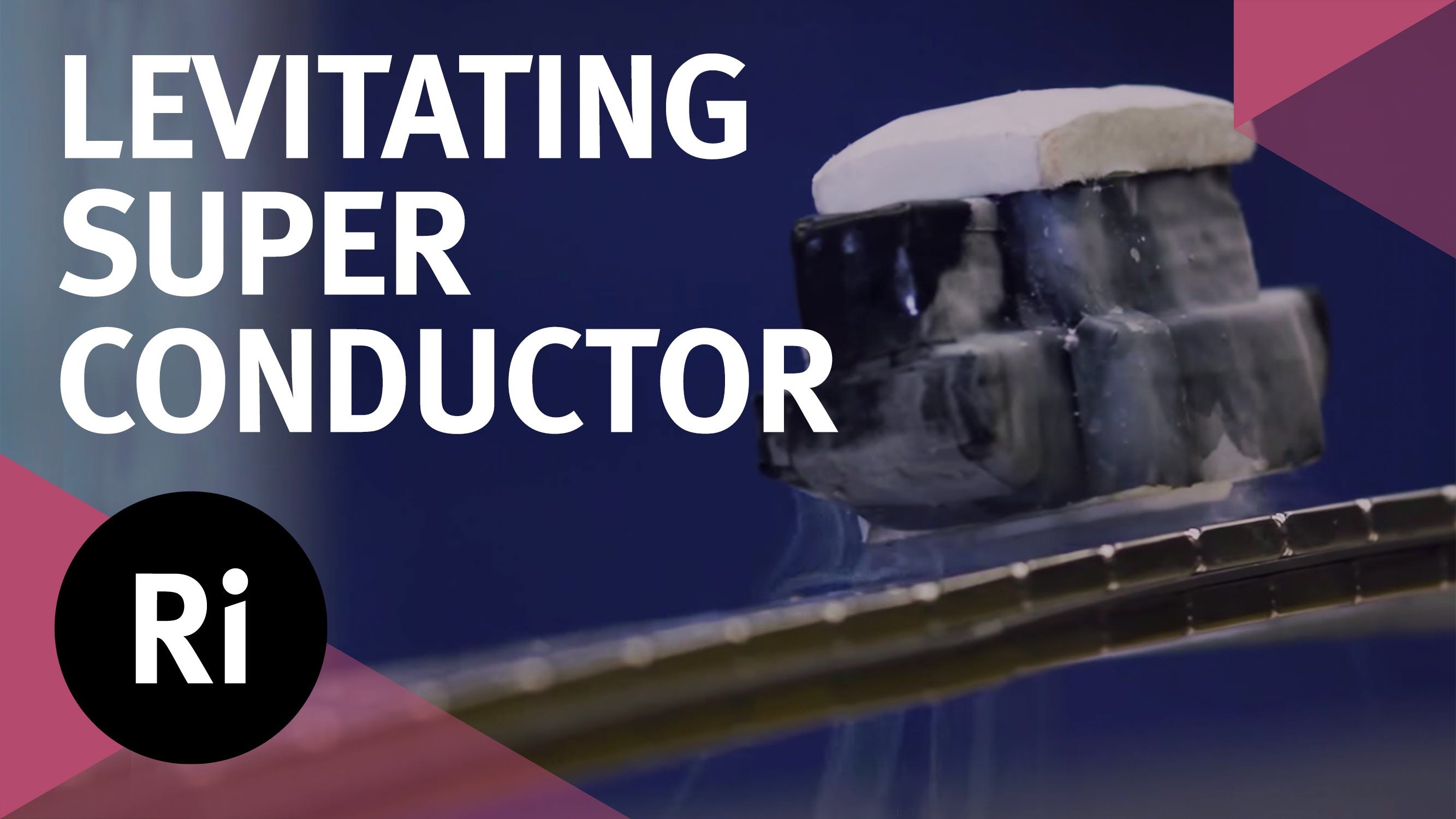
The finding could help scientists achieve reliable room-temperature superconductivity, which would help pave the way for innovations like levitating trains.
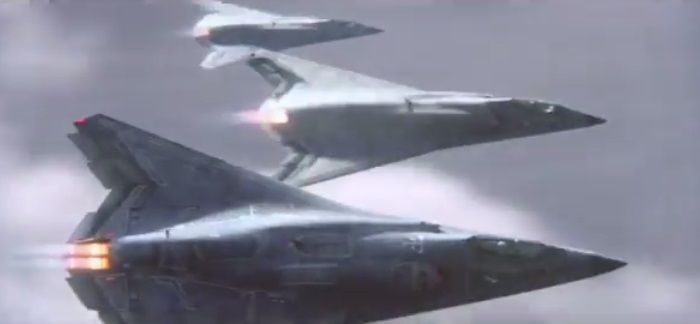
https://youtube.com/watch?v=sGzhmVmuSTA
A thing of beauty!
They zip and dart across the sky in a three-jet formation, a six-second apparition in a 30-second commercial touting the achievements of defense contractor Northrop Grumman. Unlike modern jets, such as the F-22 Raptor or F-16 Fighting Falcon, they have no tail and are likely to be armed with lasers that are straight out of a science-fiction movie.
They’re sixth-generation fighters, and Northrop Grumman appears poised to show them off during Super Bowl Sunday. The defense titan released a new commercial online Friday that touts its achievements and includes a glitzy glimpse at a plane whose fielding is likely decades away.
Here’s the clip in question:
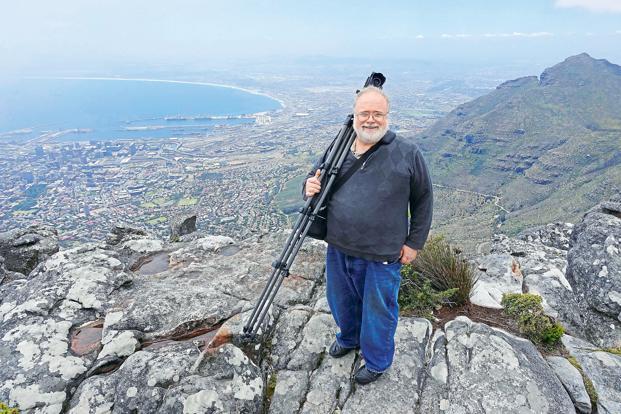
Brand’s view and concerns about hacking driverless cars are valid. And, I do believe in time that government will eventually catch up in passing some laws that will make companies ensure that their technology is safe for consumer usage and are safe for the public. I just hope that the pendulum does swing too far to the other side of over regulation.
It is not easy to slot Brad Templeton. What do you make of a person who is not only the networks and computing chair at Singularity University in Silicon Valley but also a software architect, a director of the Foresight Nanotech Institute, board member of the cyberspace watchdog Electronic Frontier Foundation, the first person to have set up an Internet-based business, a futurist lecturer, hobby photographer, artist, as well as a consultant on Google’s driverless car design team?
In a phone interview from the US, Templeton, who will be in India this month as a key speaker during the SingularityU India Summit (to be held in association with INK, which hosts events like INKtalks—a platform for the exchange of cutting-edge ideas and inspiring stories), shared his views on driverless cars, the perceived threat from intelligent machines and censorship of the Internet. Edited excerpts:
Driverless cars are not hacker-proof and may find it difficult to navigate chaotic traffic. How are we addressing such issues?
It’s absolutely true that people are concerned about security of these cars, but it is wrong to presume that people in the media learnt about this before those who built the driverless car. The people who built the car are working to make the car secure. They won’t be able to do it perfectly, but they are going to get there. The Google team certainly has the most miles to its credit. Right now over 2 million km in automatic mode, driving around mostly in California. The chaotic driving in India is slower than some of the roads in Europe or North America. And it is actually easier to do slower and chaotic driving than faster. You get more time to stop, perceive the situation and make accurate moves. The real challenge is that in many chaotic driving situations, there are unwritten rules so you have to figure out how to sort of, play a game with the other cars. It may mean that some of the more chaotic places may have to clean up their act a bit if they want to have a technology like this.
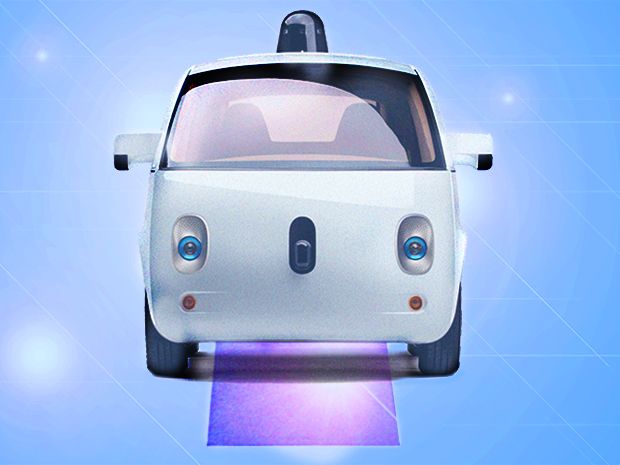
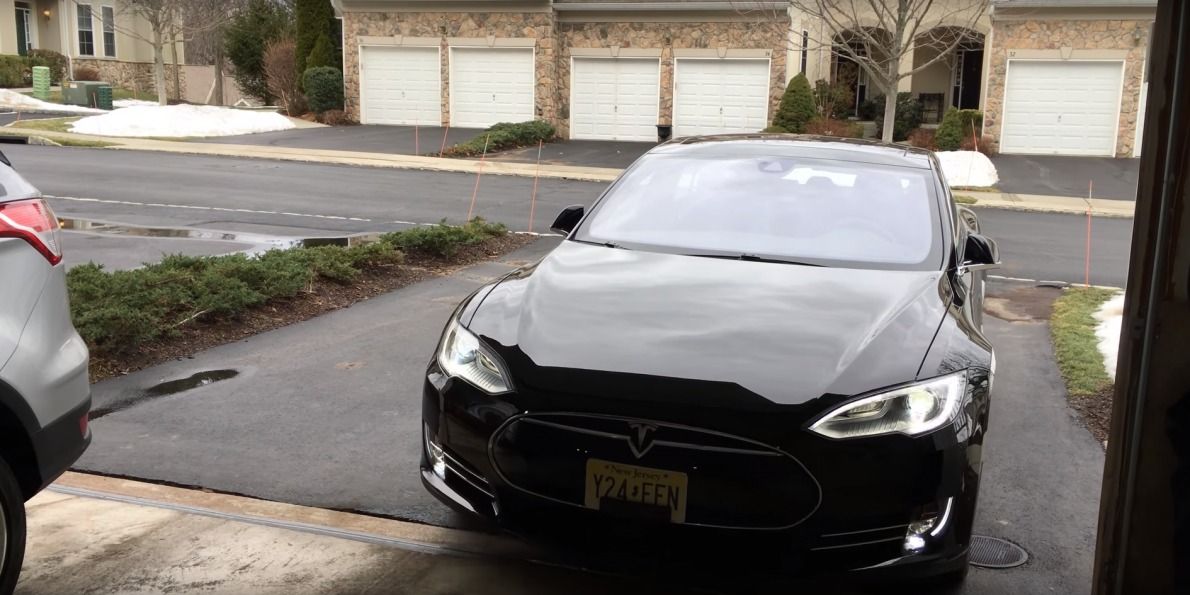

Tesla CEO Elon Musk, speaking at the Hyperloop Pod Competition this week, said he has been thinking more and more about electric jets.